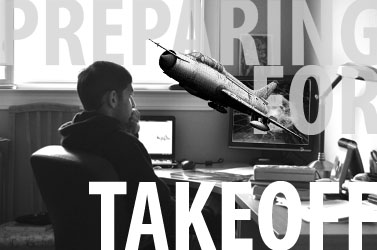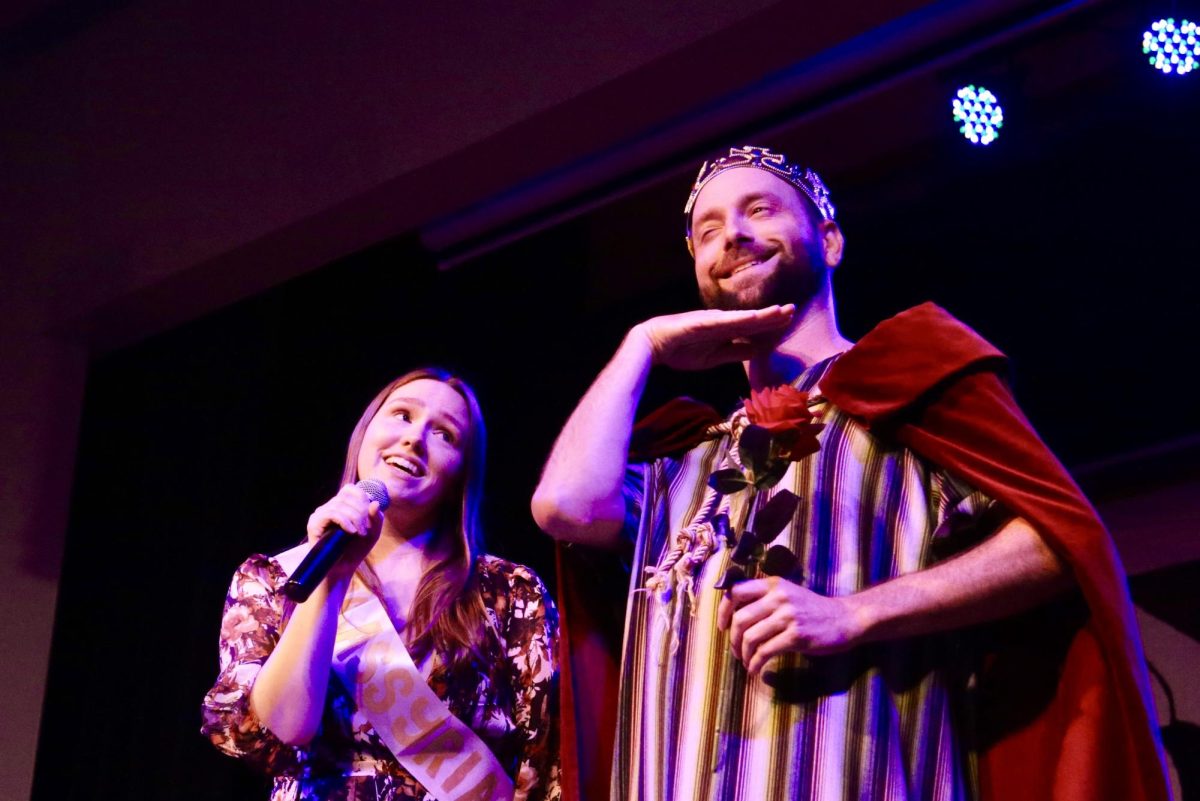
Licensed pilot senior Aamoy Gupta navigates his way to a flying future
Before he could even ride in a car without a booster seat, senior Aamoy Gupta developed a passion for flying at five years old, already fantasizing about being able to zip through the sky at unbelievable speeds in a supersonic jet fighter. With the original hope of being an astronaut, he attended space camp—and hated it.
“It was horrible!” Gupta said. “You have to do so much, and you have to be so precise. Everything is scripted and nothing interesting happens at all. The mock space shuttle there was the only thing I liked, so [that was how] I figured out that I really liked flying.”
At 12 years old, he started asking his parents, Ram and Rakhi Gupta, for permission to begin the process of getting a pilot’s license.
“We thought he was joking at first, but he kept pestering us,” Ram Gupta said. “It was quite expensive, but we decided to try it out on a probationary basis.”
Although concerned about safety, they decided to continue when they realized that amateur students would practice with computer simulators and have instructors guiding them along the way. During the eighth grade, Gupta started his written lessons and learned Morse code so he could take his permit test in order to begin the actual process of flying. A year of lessons and 30 hours of practicing in the air, he took a practical test for the first time.
Gupta started flying with a permit and got his license for a single engine light aircraft in the middle of his sophomore year. According to him, it was much more difficult than driving at the start mainly because of the fear. Initially, the concepts and techniques that he learned in math and physics came in handy. But after gaining more experience in the air, he said it became a matter of using the gut feelings that he has developed to deal with stressful situations.
“Up in the air, that just doesn’t apply, it’s just instinctive,” Gupta said. “There are multiple scenarios. If you’re flying a combat mission, none of this helps at all. Sometimes you don’t even have a map.”
For Gupta, the most frightening part of flying is landing. In the air, the sky’s the limit, and there is a lot of space to make small mistakes. But for landing, the exact angle at which the steering wheel is placed as well as the speed of the aircraft is crucial.
“You can’t slow down too much or you’ll crash. You can’t go too fast or you’ll crash. And you have to go precisely straight,” Gupta said. “There has been more than one occasion where I go on the runway and I’ve been holding it at sort of an angle and I would steer off onto the grass. That’s the first time I failed [the pilot’s test].”
Among aviation experts, there is a certain prestige and importance in piloting ancient aircrafts that have seen action in war and combat.
“One of the aircrafts I’ve flown is a P51,” Gupta said. “It saw action in Japan, and it has these little Japanese flags on it representing the number of Zeros it shot down.” Zeros, also called Mitsubishi A6M, are single-seated Japanese fighter aircrafts used during World War II.
But one of his yet unfulfilled dreams is to fly a Mikoyan-Gurevich 21 (MiG 21), a Soviet era interceptor aircraft that is known for its incredible speed. Nicknamed the “pencil” because of the shape of the aircraft, the MiG 21 is a supersonic jet fighter, the most frequently produced in the history of aviation.
“What really impresses me is the Soviet design philosophy,” Gupta explained. “The parts aren’t specialized; they’re very general, and they share the same parts as other aircrafts. It’s cheaper and it’s faster and you can make more of them. Any factory can be converted into making MiGs.”
Gupta has now been flying for almost four years. His parents paid a total of $10,000 for flight lessons. They continually support him, even throughout numerous minor crashes that made them worry about the dangers of piloting.
“We have always told him to be careful since aircraft are much harder to control than cars. There is an extra dimension – height – that one must look out for,” Ram Gupta said. “[Gupta] always tells us that flying is easier than driving as there are less rules to follow and not that much traffic in the sky.”






















